Think you’re eating healthy? You might be missing some surprisingly powerful foods that rarely make it onto everyday grocery lists. While kale and quinoa get all the love, these 12 nutrient-dense picks quietly pack a punch—and they deserve a bigger spot on your plate. From unexpected fruits to overlooked greens and pantry staples with superfood status, each item on this list offers impressive benefits for your heart, gut, brain, or energy levels. If you’re ready to upgrade your meals without overhauling your diet, these surprisingly healthy foods are the delicious, easy-to-add game changers you’ve been waiting for.
1. Olives
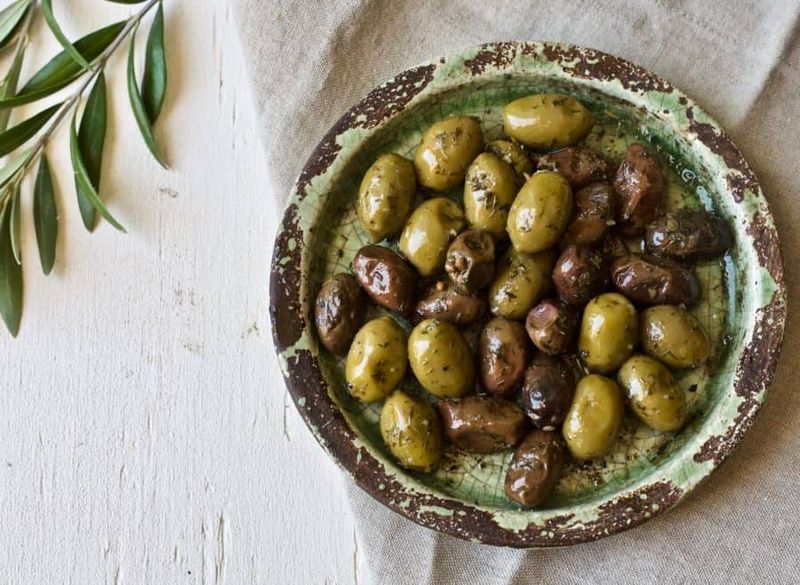
Small but mighty, olives pack an impressive nutritional punch that most people overlook. Their rich monounsaturated fat content supports heart health by helping to lower bad cholesterol while maintaining good cholesterol levels. Beyond heart benefits, these Mediterranean gems contain powerful antioxidants that fight inflammation throughout the body.
The vitamin E in olives protects cells from damage, while their fiber content supports digestive health. Try adding a handful to salads, blending them into homemade hummus, or enjoying them as a satisfying snack instead of processed alternatives. Both green and black varieties offer similar benefits, so choose based on your taste preference.
2. Cucumber
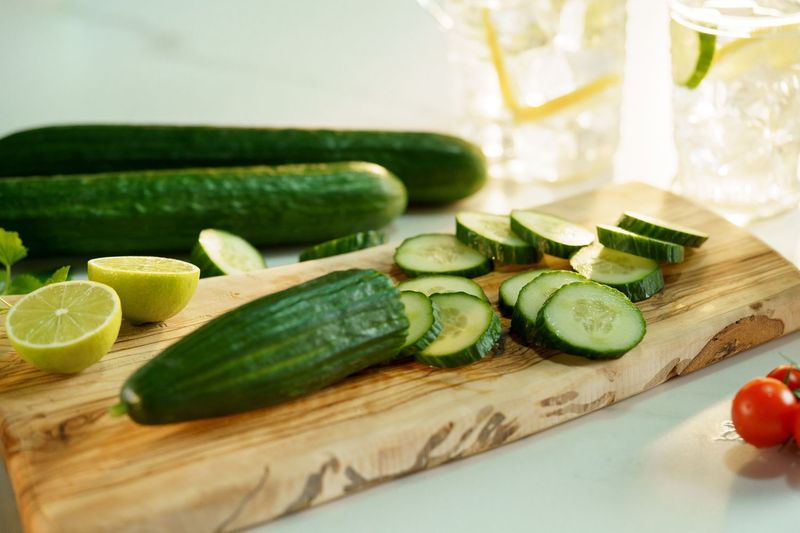
Often relegated to salad toppings or spa water garnishes, cucumbers deserve more attention in your daily diet. Made up of 95% water, they’re nature’s hydration helpers, especially during hot weather or after exercise. The humble cucumber delivers vitamin K for blood clotting and bone health, along with silica that strengthens connective tissues. Their natural anti-inflammatory compounds can help reduce swelling and cool irritated skin from the inside out. For maximum benefits, keep the peel on when possible as it contains much of the fiber and nutrients. Slice them into sandwiches, blend into smoothies, or make quick refrigerator pickles for a crunchy, hydrating snack anytime.
3. Chia Seeds
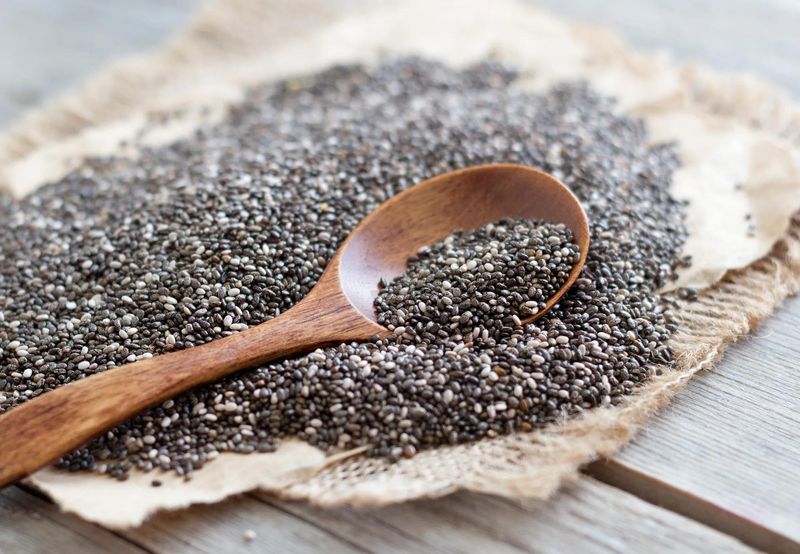
Remember those novelty Chia Pets from TV commercials? The same seeds that grew those fuzzy green creatures are actually nutritional powerhouses waiting to transform your health. These tiny black specks contain more omega-3 fatty acids than salmon, gram for gram. The soluble fiber in chia seeds forms a gel in your stomach, slowing digestion and keeping you full longer.
This same property helps stabilize blood sugar levels, making them perfect for people watching their glucose levels. Sprinkle them on yogurt, blend into smoothies, or make chia pudding by mixing with milk and letting them sit overnight. Just one tablespoon daily delivers noticeable benefits for digestion and energy levels.
4. Jackfruit
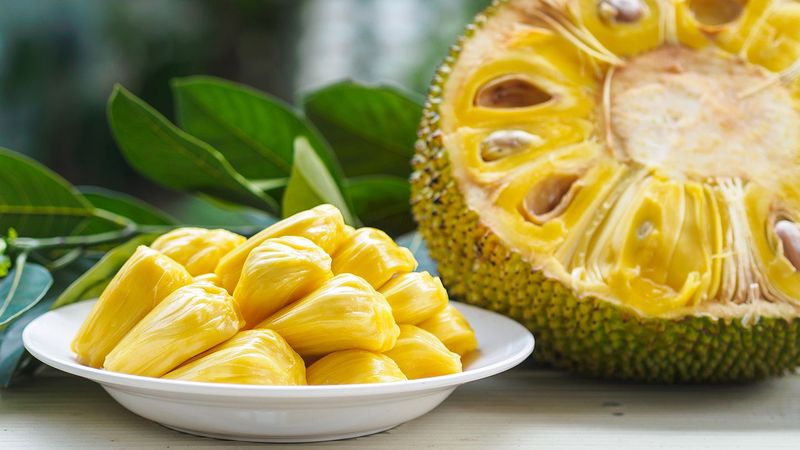
The largest tree fruit in the world remains a mystery to many Western shoppers. Jackfruit’s claim to fame is its uncanny ability to mimic pulled pork or chicken when cooked, making it a favorite among plant-based eaters. Beyond its versatility, jackfruit delivers impressive nutrition: vitamin C that boosts immunity, potassium for healthy blood pressure, and fiber that supports gut health. Its natural sweetness in ripe form makes it a healthier dessert option than processed sweets. Find it canned in water (for savory dishes) or in syrup (for sweet applications) if fresh isn’t available. Try it in tacos, curries, or simply roasted with your favorite spices for a surprisingly satisfying meatless meal even carnivores will enjoy.
5. Avocados
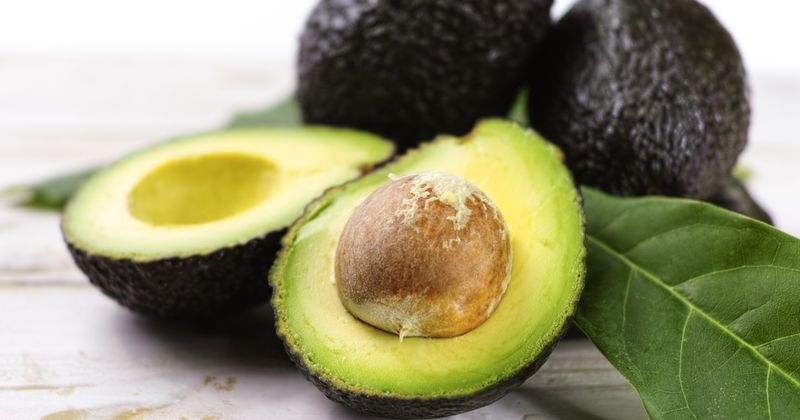
Far from just a trendy toast topping, avocados deserve their superfood status for packing nearly 20 vitamins and minerals into their creamy green flesh. Unlike most fruits that contain carbohydrates, avocados are loaded with heart-healthy monounsaturated fats similar to olive oil. These fats help your body absorb other nutrients, especially fat-soluble vitamins like A, D, E, and K. The potassium content exceeds that of bananas, supporting healthy blood pressure and proper muscle function. Move beyond guacamole by blending avocados into smoothies for creaminess without dairy, using as a mayo substitute in sandwiches, or even incorporating into chocolate desserts where they add richness while replacing less healthy fats.
6. Greek Yogurt
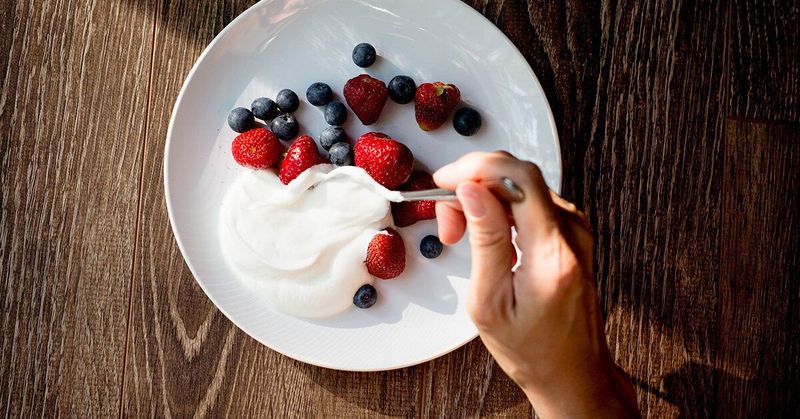
Regular yogurt’s stronger, thicker cousin deserves prime refrigerator real estate for its impressive nutrition profile. The straining process that creates Greek yogurt removes whey, concentrating the protein to nearly double that of regular yogurt while reducing sugar content. Those live active cultures you see on the label? They’re beneficial bacteria that support gut health, potentially improving digestion and boosting immunity.
The calcium content supports bone health while vitamin B12 helps maintain energy levels and brain function. Use Greek yogurt as a sour cream substitute, the base for protein-rich smoothies, or mix with herbs for a healthy dip. Choose plain varieties and add your own fruit to avoid the excessive sugar found in flavored options.
7. Swiss Chard
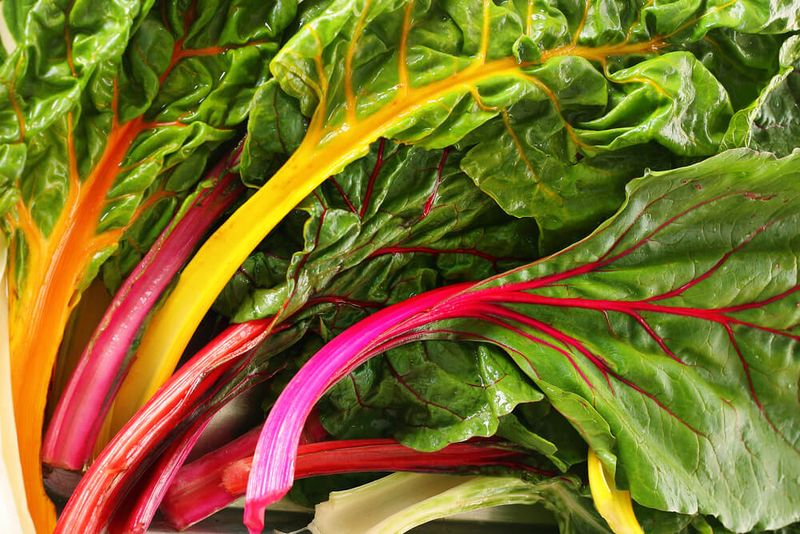
With stems that look like edible rainbows, Swiss chard offers visual appeal matched by its nutritional excellence. Often overshadowed by kale and spinach, this leafy green delivers an exceptional vitamin K content that supports bone health and proper blood clotting. The vibrant colors in the stems indicate the presence of different antioxidants, each fighting oxidative damage in their own way. Magnesium and potassium work together to regulate blood pressure and support muscle function, including your heart. Sauté the chopped stems first (they take longer to cook), then add the leaves until just wilted. A splash of vinegar or lemon juice helps unlock the iron content, making it more available for your body to absorb.
8. Walnut Pesto
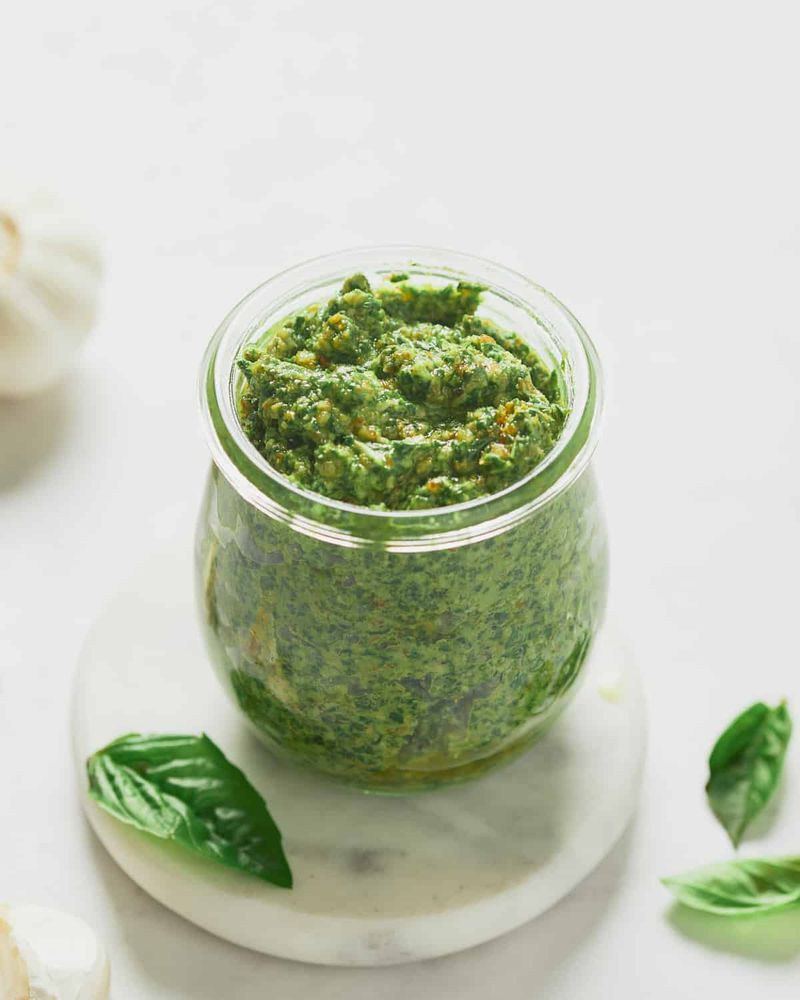
The marriage of walnuts and fresh basil creates a sauce that’s as good for your brain as it is for your taste buds. Traditional pesto uses pine nuts, but walnuts offer more omega-3 fatty acids, which support brain health and reduce inflammation throughout the body. Fresh basil contributes its own benefits with antioxidants that fight cellular damage and compounds that may help manage stress.
Garlic adds heart-healthy compounds while olive oil delivers those monounsaturated fats that improve cholesterol levels. Make a batch on weekends and store in small containers – freeze what you won’t use within a few days. Toss with whole grain pasta, spread on sandwiches instead of mayo, or use as a flavorful topping for grilled fish or chicken.
9. Apple Cider Vinegar
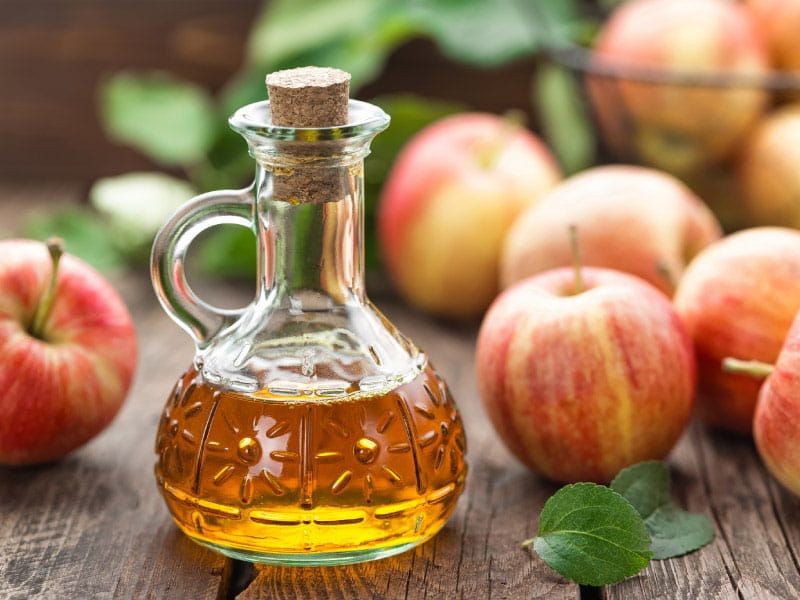
Grandma was right about this pantry staple – apple cider vinegar (especially the unfiltered kind with the “mother”) offers health benefits that science is just catching up to understanding. The acetic acid it contains may help control blood sugar spikes after meals by slowing digestion. The fermentation process creates beneficial probiotics that support gut health, potentially improving digestion and nutrient absorption. Some research suggests it may help with weight management by increasing feelings of fullness after meals. Start with just a teaspoon diluted in water before working up to a tablespoon, as the acidity can be harsh on tooth enamel and your digestive tract. Try it in homemade salad dressings, marinades, or quick-pickled vegetables for digestive benefits without the harsh taste.
10. Watermelon
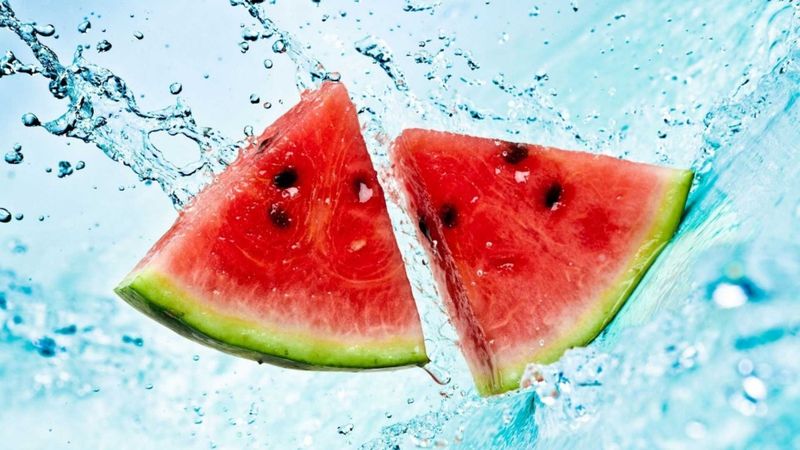
Summer’s favorite picnic fruit deserves year-round attention for its impressive health credentials. The refreshing red flesh contains lycopene, the same antioxidant found in tomatoes that supports heart health and may reduce certain cancer risks. Despite its sweet taste, watermelon has a lower sugar content than many fruits and is 92% water, making it excellent for hydration.
The amino acid citrulline, particularly concentrated in the white rind, may improve exercise performance by reducing muscle soreness. Don’t limit watermelon to fruit salads – blend it into gazpacho, grill slices for a caramelized flavor, or puree and freeze into natural popsicles. Even the seeds are edible and contain healthy fats, protein, and minerals when roasted.
11. Berries
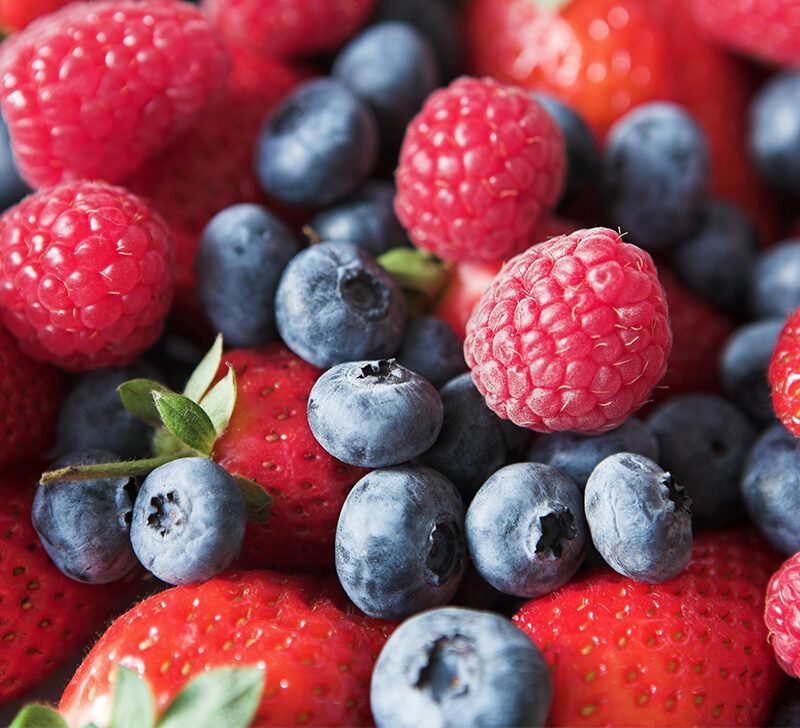
Nature’s candy comes in packages of blue, red, and purple, each color representing different plant compounds that fight aging and disease. While many people enjoy berries occasionally, few eat them daily as nutrition experts recommend. Berries contain some of the highest antioxidant levels of any food, combating the cellular damage that leads to chronic disease and visible aging. Their fiber content supports digestive health while helping manage blood sugar levels, preventing the spikes and crashes that lead to energy slumps. Keep frozen berries on hand year-round for smoothies, overnight oats, or quick desserts. Mix different varieties for the widest range of beneficial compounds – each color offers unique protective benefits for different body systems.
12. Legumes
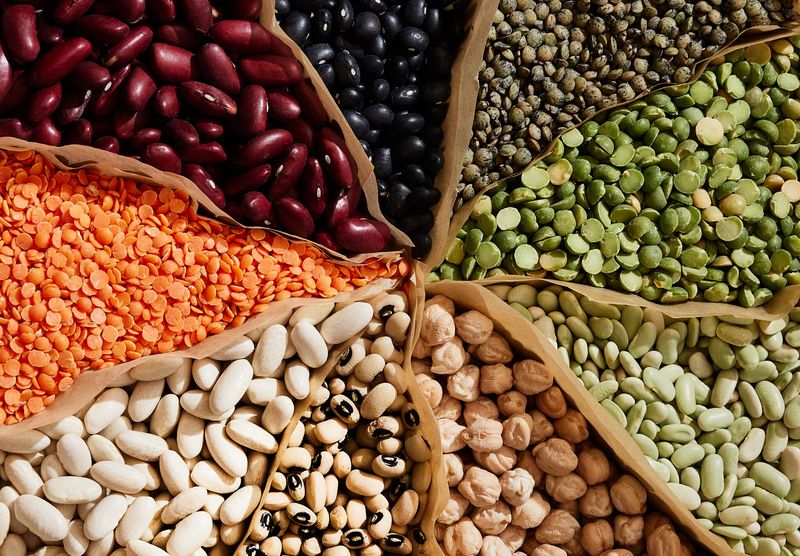
From humble baked beans to exotic lentil varieties, legumes might be the most underappreciated nutritional bargain in the grocery store. These plant-based protein sources deliver similar amounts of protein as meat but come bundled with fiber that supports gut health and helps maintain steady energy levels. The combination of protein and fiber creates a powerful satiety effect, keeping hunger at bay for hours.
Their low glycemic index means they release energy slowly, avoiding the blood sugar rollercoaster that leads to cravings. Canned beans offer convenience – just rinse well to reduce sodium. Experiment beyond your usual choices: try black beluga lentils in salads, roasted chickpeas as crunchy snacks, or white beans blended into creamy dips for vegetables.
Leave a comment